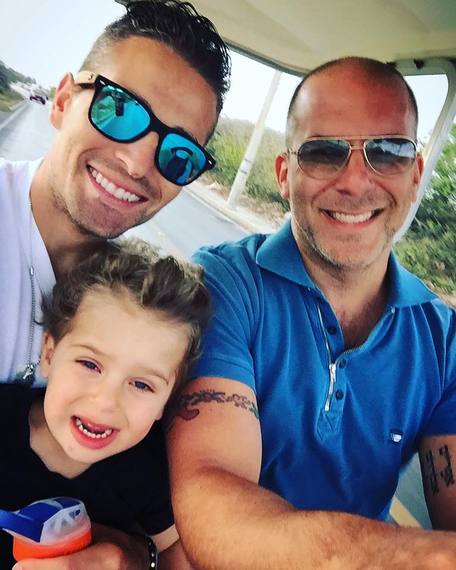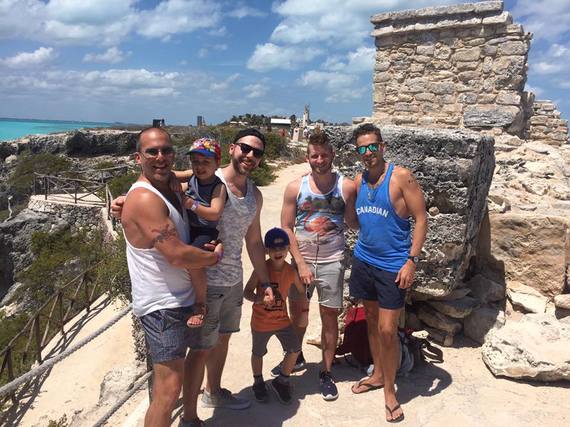Teleflora Partners with GLSEN to Honor Teachers Nationwide this Teacher Appreciation Week
Teachers play a major role in building brighter futures for our children in communities around the country. This May, Teleflora, the world’s leading floral delivery service and GLSEN, the leading education organization focused on ensuring safe and LGBTQ-inclusive K-12 schools, are partnering to help you express your gratitude for all the teachers that are making a difference in your children’s lives. During Teacher Appreciation Week (May 8 to 12, 2017), individuals who purchase Teleflora’s Be Happy® Bouquet with Roses — a Teleflora “Fan Favorite” — will enjoy 20 percent off the purchase price. In turn, Teleflora will donate 10 percent of all sales of Teleflora’s Be Happy Bouquet with Roses for Teacher Appreciation Week to advancing GLSEN’s mission, which ensures that students of every diverse school community are valued and respected, regardless of their sexual orientation, gender identity and/or gender expression.
Since 1953, National Teacher Appreciation Day and Week have been recognizing the lasting contributions educators make in the lives of today’s youth. These annual celebrations are organized by the National Education Association (NEA) and the National Parent Teacher Association (NPTA).
“Teachers play a vital role in molding the lives of today’s youth, and deserve to be celebrated for their hard work and dedication in helping all students thrive to their fullest potential,” said David Dancer, Teleflora’s Executive Vice President and Head of Marketing. “This is our second year supporting GLSEN and we’re thrilled to offer a gift that gives back to these well-deserved educators who help further GLSEN’s cause.”
“Year after year, LGBTQ students tell us that supportive teachers can make all the difference in their lives, especially when things get tough,” said Dr. Eliza Byard, GLSEN Executive Director. “With the generous support of Teleflora, we are honored to share our thanks for these supportive educators, along with thousands of students, parents, and community leaders with a gift that gives back.”
Teleflora’s Be Happy Bouquet with Roses (Available on Teleflora.com starting at $39.95)
This cheerful bouquet is sure to make someone smile, brimming with joyful yellow roses and playful daisies, all beautifully arranged in a keepsake happy-face mug for long-lasting enjoyment.





